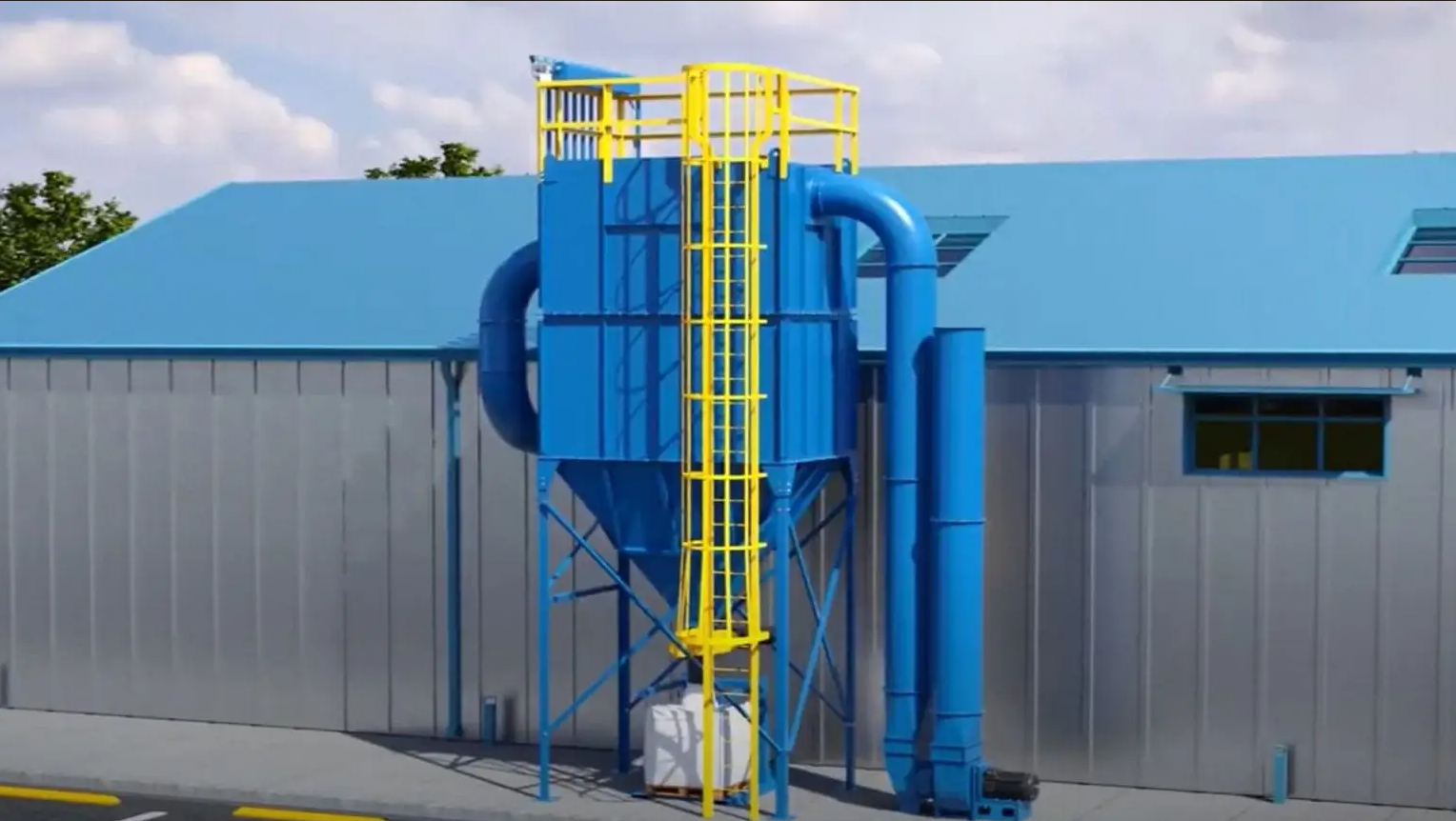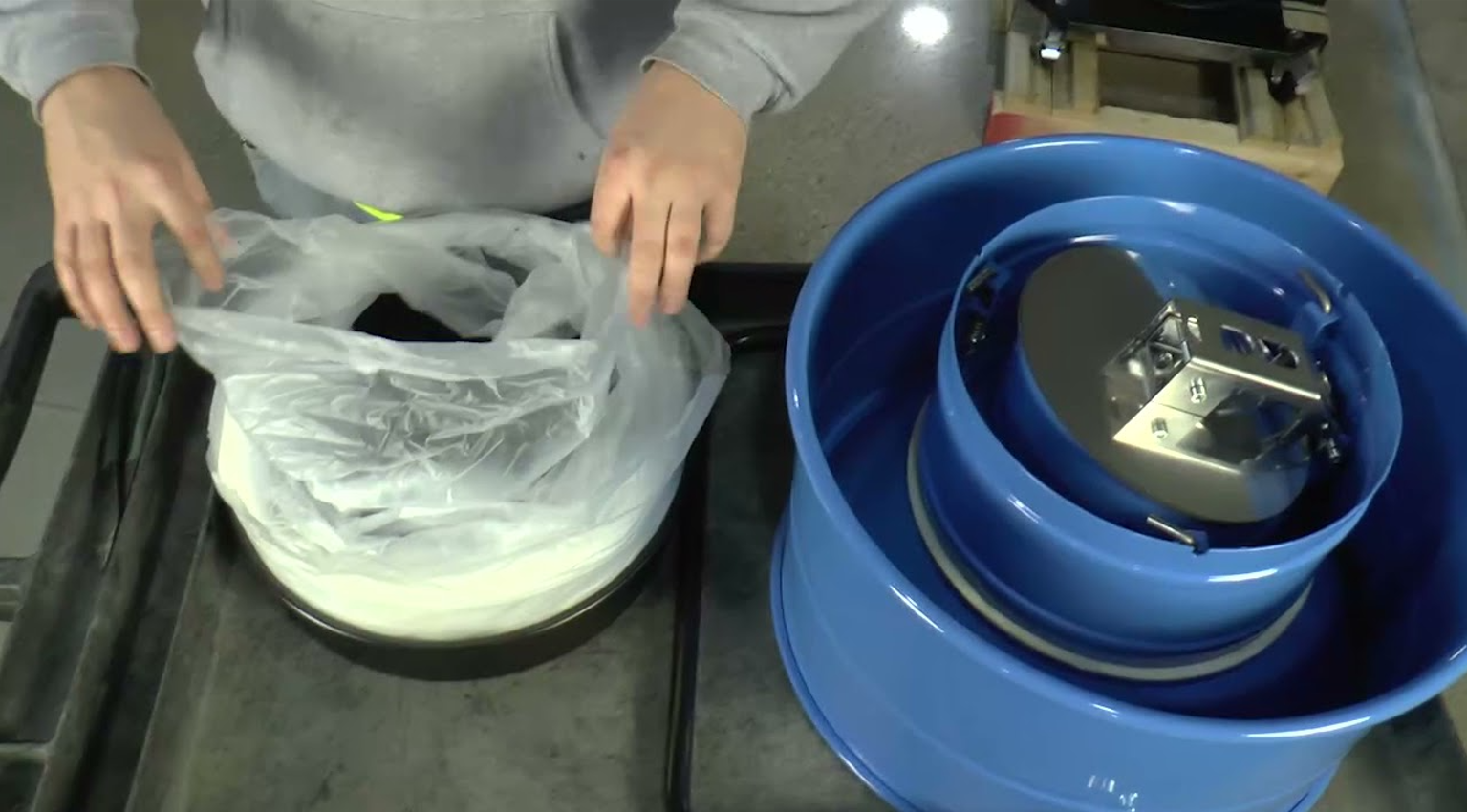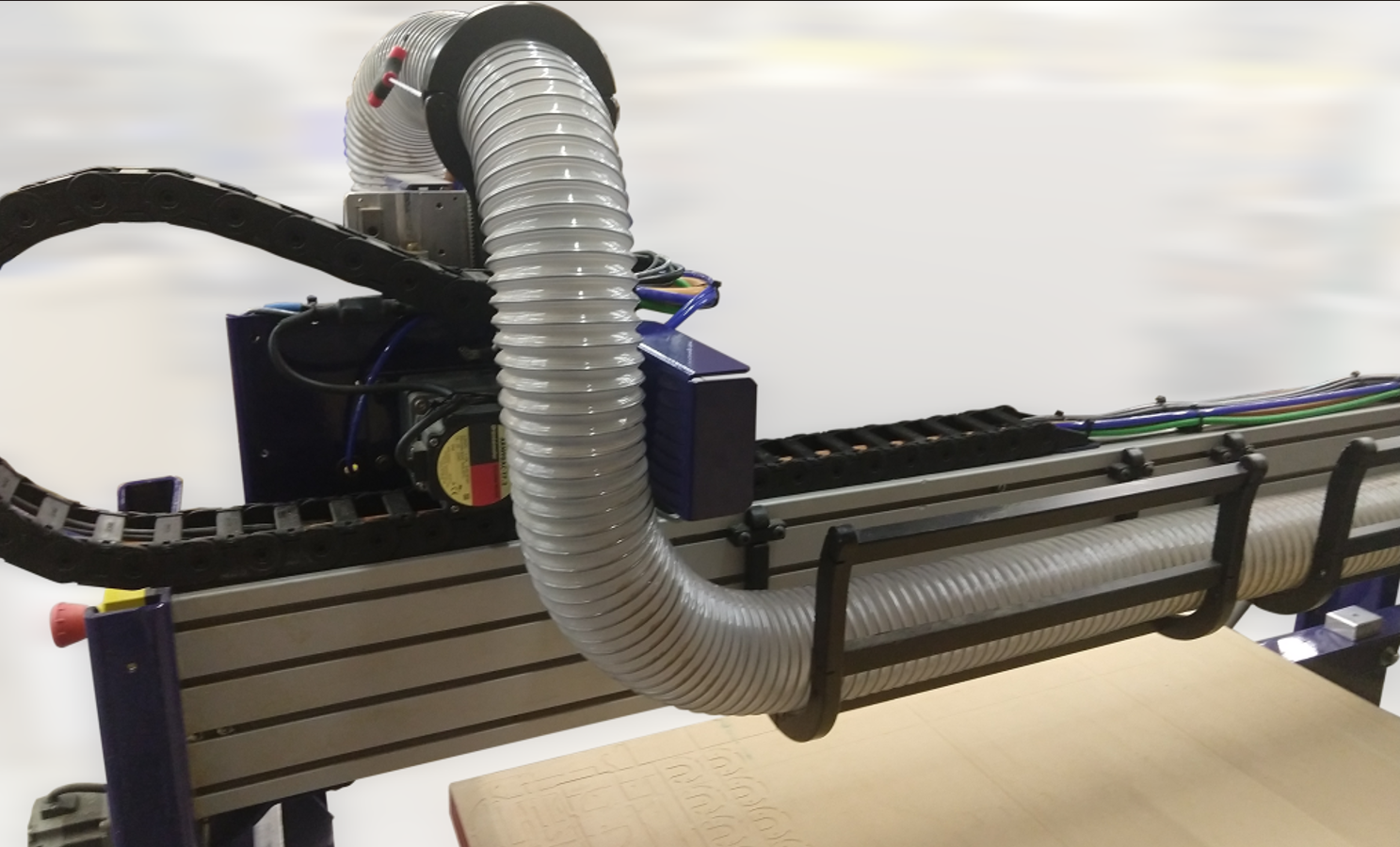Suppose you’re setting up or upgrading a dust collection system. In that case, two terms you must understand are airflow (CFM) and static Pressure.
What is Airflow (CFM)?
CFM means Cubic Feet per Minute. It measures how much air moves through your dust collection system in one minute.
- Imagine it as wind flowing through a pipe.
- A higher CFM means more air (and more dust) is getting pulled in.
- A good CFM helps your dust collector clean the air properly.
Even advanced systems like a Pulse Jet Filter Unit work better when the proper airflow is maintained.
What is Static Pressure?
Static Pressure is the resistance air faces while moving through the system. This includes filters, pipes, bends, and fans.
- Picture trying to blow through a short straw vs. a long one. The longer it takes, the more effort it requires.
- That effort is static Pressure.
- Too much resistance can slow down the airflow and reduce performance.
Using intelligent systems like Transflow helps reduce this Pressure and makes airflow smooth.
Why Do CFM and Static Pressure Matter Together?
You need both working in balance. Here’s why:
- High CFM + Low Static Pressure = Fast airflow, but possible waste of energy.
- Low CFM + High Static Pressure = Weak suction and poor dust removal.
- Balanced CFM + Pressure = Best results for dust collection.
Getting this right helps your system clean the air better and use less energy.
What Affects Airflow and Pressure?
Many parts of the system affect how air moves and how much Pressure builds up. Here are a few:
1. Filters
- Dirty filters block airflow and raise Pressure.
- Systems like Pulse Jet Filter Units keep filters clean automatically, helping maintain performance.
2. Duct Design
- Long or bent ducts create more resistance.
- Tools like Forced Draft Ventilation improve airflow by pushing air through smoothly.
3. Blowers
- Good blowers can push more air even with high Pressure.
- Centrifugal Blowers are strong, efficient, and perfect for dust systems.
Tips to Improve Airflow and Pressure
- Measure Your Needs First
- Determine the required airflow (CFM) for your system based on machine size and dust load.
- Pick the Right Filter
- Use filters that can handle the Pressure and allow smooth air movement.
- Keep Ducts Short and Simple
- Avoid sharp turns or long pipes that increase Pressure.
- Choose Quality Blowers
- A strong blower, such as a centrifugal type, can effectively handle harsh conditions.
- Do Regular Checks
- Clean filters, check pipes, and make sure air is flowing freely.
Where It’s Used
These ideas matter in many places:
- Factories
- Furniture and woodworking units
- Paint booths
- Food and pharma units
- Metal shops
Systems with pulse jet filters, transflow control, forced draft ventilation, and centrifugal blowers help improve air quality and safety in all these settings.
Airflow (CFM) and static Pressure may sound technical, but they are simple once you get the basics. When both are appropriately managed, your dust collection system becomes more powerful, energy-efficient, and longer-lasting.



